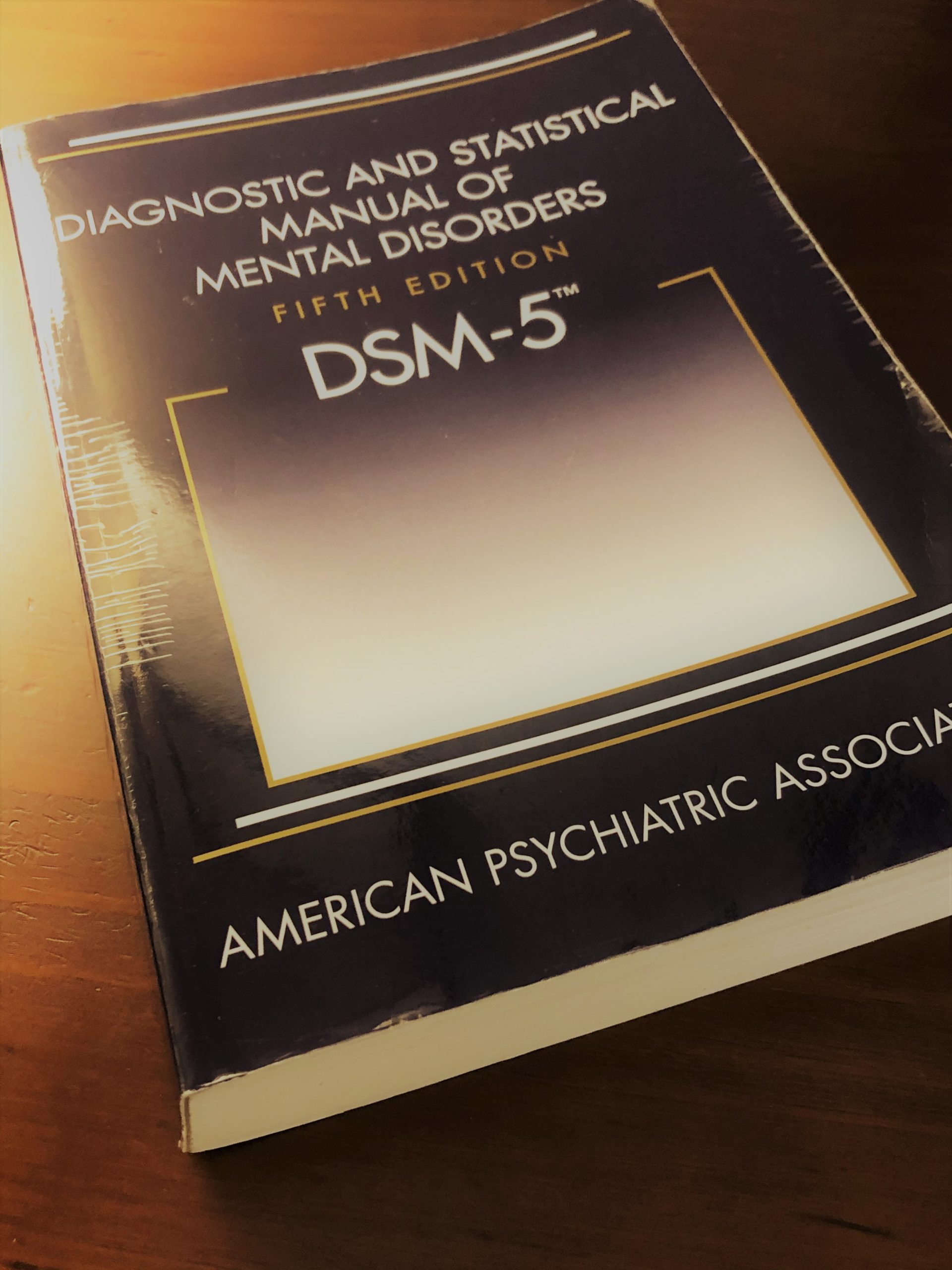
Diagnosing Well (rant!)
Diagnostics are tricky, right? We want to honor the human person, so we sort of hate the idea of diagnosing. And who wants to put clients in “a box”? Although, we need to get paid, right? And that means billable codes. What are we to do?
Rethink diagnosing. It honors the client when we can describe their conditions and situations in clear, useful, holistic ways. (Warning! Here comes the ranty part…) But that’s not an excuse to do it haphazardly, to give everyone adjustment disorder, or to get in the habit of using the same five diagnoses over and over. To really do it well, you might need to change the way you think and behave. You might start by trying some of these tips:
- One of the lovely things about diagnostics is that it gives us clear definitions in order to do treatment-related research. So when you do diagnose, make it really count by accessing that research literature and translating it into effective treatment strategies, client handouts, and more.
- Remember to use all of your specifiers! It’s no wonder we feel like we’re dumping clients into diagnostic categories if all we put is just “MDD” or “GAD.” (Remember that a few conditions, like “with Panic Attacks,” can be part of any diagnosis!)
- Recall that “unspecified” diagnoses are really for ERs and quick intakes. Never leave one on a client’s chart. Go back and get the phenomenological data you need to update it.
- When you give an “other-specified” diagnosis, remember to actually specify it in a brief narrative form!
- Use your “Other Conditions” codes to paint as clear a picture as possible with your diagnosis, even when they aren’t billable (you may remember them as “v-codes”). Like these:
- F50.4 Overeating associated with other psychological disturbances
- F62.0 Enduring personality changes after catastrophic experience
- F55.6 Abuse of herbal or folk remedies
- There are more billable codes than you realize. You don’t need to use adjustment disorder for everything. Here are some fun examples:
- F42.1 Obsessive-compulsive disorder, primarily compulsive acts
- Z62.898 Birth of a sibling affecting child
- Z70.8 Sex counseling
- Oh, and if you hated that Asperger’s left the DSM-5, it’s available in the ICD-10 – F84.5. So is Dysthymia, and the Schizophrenia subtypes!
Let’s honor clients by doing excellent, thorough work. Maybe this will also be helpful to you? It’s a free PDF version of the Mental and Behavioral Health section of the ICD-10.
Leave a comment! How do YOU do diagnostics like a rock star?